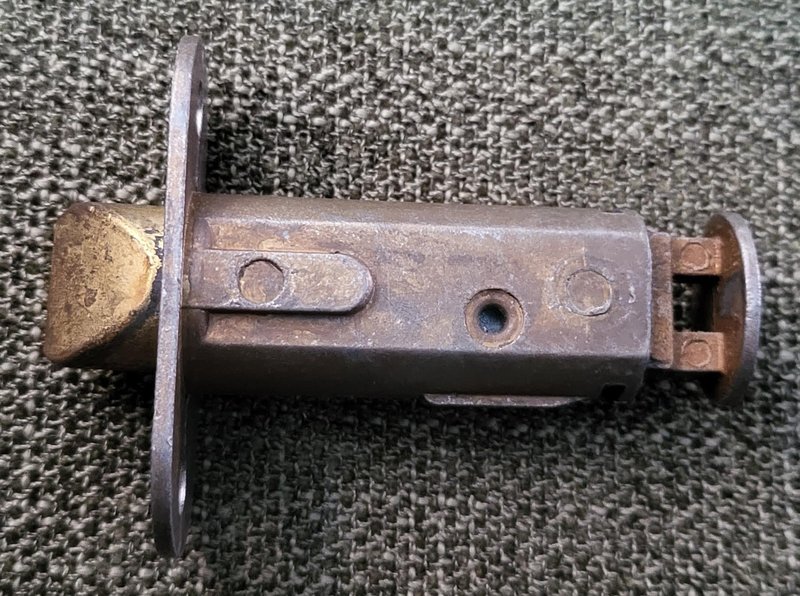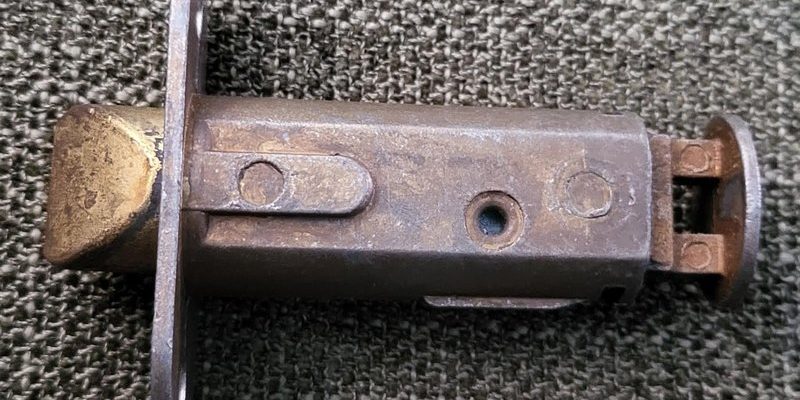
The issue with a door latch not engaging fully can stem from several common factors. Think of it like a puzzle: each piece must align correctly for the picture to come together. Whether you’re dealing with a traditional latch, a deadbolt, or even a smart lock, the principles behind the mechanisms are quite similar. Let’s explore some reasons why your door latch might be acting up and how to troubleshoot the problem.
Understanding How Door Latches Work
Before we dive into potential problems, let’s get a handle on how door latches function. A door latch usually consists of a bolt that extends into a strike plate on the door frame. When you turn the knob or handle, it slides the bolt out of the way, allowing the door to open. When you close it, the bolt should slide back into place. If the latch fails to engage completely, it’s like a cog in a wheel that just won’t turn.
There are various types of latches:
- Spring Latch: This is the most common type found in residential doors. It springs back into place when the door closes.
- Deadbolt: This type offers more security, as it slides a solid metal bolt into the door frame.
- Smart Lock: These can be operated via a remote or app, but if they malfunction, they might not latch properly.
Understanding the mechanism is essential for troubleshooting. If you know how it typically works, you can identify what’s causing it to malfunction.
Common Issues with Door Latches
So, what could be causing your door latch to only engage halfway? Here are a few common issues that might be the culprit.
First off, misalignment is a frequent problem. Over time, the door frame can settle, causing the latch to miss the strike plate. Think of it like trying to fit a square peg into a round hole—it just won’t work. If you’ve recently had your door installed or if the house has settled, this might be the issue.
Another common reason is wear and tear. Like anything else, door hardware can wear out. The springs in a latch can become weak, or the latch itself may bend over time. When this happens, it may not engage fully, leaving the door insecure.
Lastly, debris or rust can play a significant role as well. Dust, dirt, or even moisture can accumulate in the latch mechanism. It’s like having a tiny pebble stuck in your shoe—it’ll make everything uncomfortable until you remove it.
Checking for Misalignment
If misalignment is your primary suspect, here’s how to check and fix it. Start by examining the strike plate—the metal piece on the door frame that the latch connects to. Close the door slowly and watch where the latch hits the strike plate. If it’s not lining up, that’s likely your issue.
To fix this problem, you can try to adjust the strike plate. This might involve loosening the screws and moving the plate slightly to better align with the latch. If that doesn’t work, you may need to chisel out a bit of the door frame to create a better fit.
Sometimes, adjusting hinges can help as well. If your door is sagging, tightening or replacing the hinge screws might just do the trick. It’s a bit like balancing a seesaw—everything needs to be in harmony.
Inspecting for Wear and Tear
When it comes to wear and tear, you’ll want to check all the moving parts of the latch. Take a close look at the latch bolt itself. Is it bent or showing signs of corrosion? If so, that could prevent it from sliding smoothly into the strike plate.
If the latch is particularly worn, consider replacing it. This doesn’t require advanced skills; you can find replacement kits at any hardware store. Just follow the included instructions, or watch a quick video online for guidance. It’s similar to changing a flat tire—you can definitely do it yourself with a bit of patience.
And remember to check the knob or handle as well. If they’re loose or damaged, they might not be engaging the latch fully.
Cleanliness Matters: Removing Debris and Rust
Sometimes the simplest solutions are the most effective. If there’s debris or rust in the latch mechanism, it can cause your latch to act up. Use a can of compressed air to blow out any dirt or dust caught inside. You’d be amazed at how often this fixes the problem!
If you see rust, a little rust remover and a soft cloth can work wonders. Just be careful to keep the latch well-lubricated afterward—use a silicone-based lubricant to keep everything moving smoothly. It’s like giving your door latch a refreshing spa day.
When to Call a Professional
If you’ve tried all the above steps and your latch still isn’t engaging fully, it might be time to call in the experts. There could be deeper issues at play, such as problems with the door frame or lock mechanism itself.
Professionals can assess the situation quickly and offer solutions you might not have considered. It’s like going to a doctor when you’re feeling under the weather—sometimes, you need a second opinion.
Sometimes, it might make sense to replace the entire door lock if it’s old or consistently malfunctioning. A newer model could provide better security and functionality.
Prevention Tips for Future Issues
Now that you’ve dealt with the issue, how can you prevent it from happening again? Regular maintenance is key. Periodically check your door latches and locks for signs of wear and tear. Clean them regularly to remove dust and debris.
Also, keep an ear out for unusual sounds when operating your door. If it starts to creak, it might be time for a little attention before the latch starts acting up again. Think of it as a little tune-up for your door.
Consider using a high-quality lubricant on the latch and hinges a few times a year. This helps everything operate smoothly and can extend the life of your door hardware significantly.
In summary, a door latch that only engages halfway can be a nuisance, but it’s often fixable with a little patience and effort. By understanding how latches work, checking for misalignment, inspecting for wear and tear, maintaining cleanliness, and knowing when to call a pro, you can keep your door operating smoothly for years to come.
